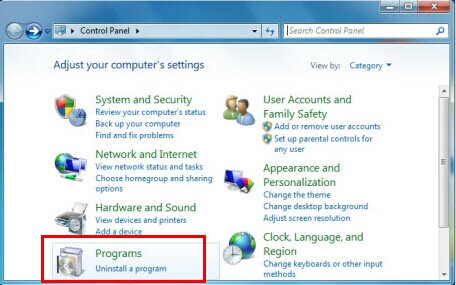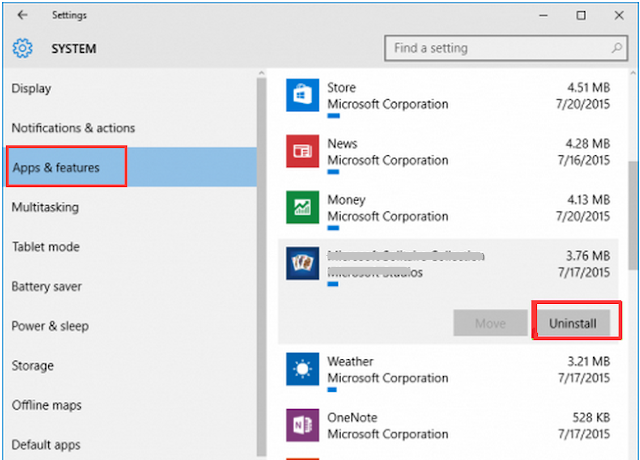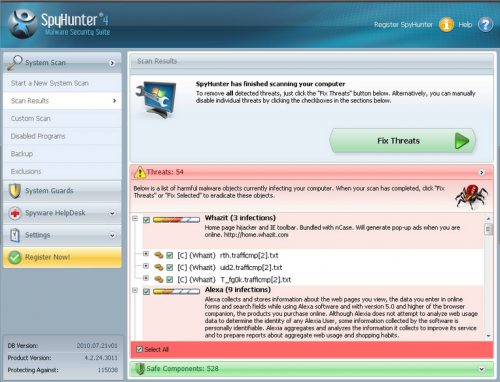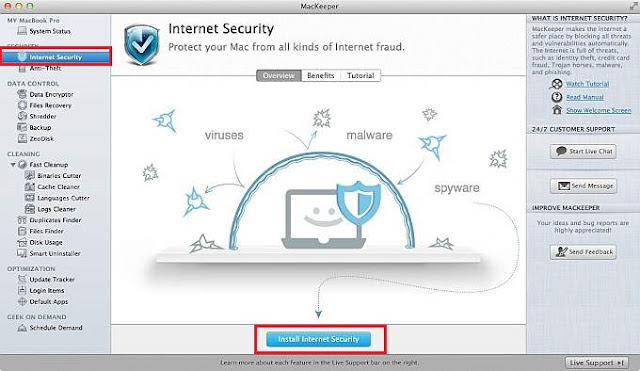1-877-740-4666 pop-up Description
1-877-740-4666 pop-up may always show itself in your web browser and lock up your screen. You may find it difficult to close this Microsoft Official Support tab which claims "your computer has been blocked. Error # xxx" and urges you to call this number for support. Via modifying relevant settings and activating a special java script code, this fake warning not only forces your browser to use full-screen mode constantly, but also ceases your attempt to close the current tab.
Although 1-877-740-4666 pop-up alert is shown on a background that strongly resembles a decent representation of a Microsoft security page, you should know that neither the domain that displays this warning, nor the pop-up itself is linked to Microsoft. This pop-up is definitely not a trustworthy source of information, and you should never rash to take its advice. The swindlers behind this line are ready to trick you into paying for their service and seek chance to access your system remotely.
If you find that 1-877-740-4666 pop-up shows up on the browser, you should know that your computer is housing something bad bundled with this bogus warning. To enhance your browsing experience and to avoid potential damage, you are advised to take action for tech scam removal in a timely fashion.
->> Win OS Users Click Here
->> Mac OS Users Click Here
Part 1: Removal Guide for Win OS
Get Rid of 1-877-740-4666 pop-up Manually
Step 1. Uninstall scam related Adware from Control Panel
Win 7:
Go to the "Start" menu, select "Control Panel". Locate "Programs". If there is adware on the list of your Programs, then select it and uninstall it.

Right-click in the screen’s bottom-left corner and choose the Control Panel, and then choose Uninstall or change a Program from the Programs category. Uninstall ads related program if you can find any.

Win 10:
Go to the "Start" menu, select "Settings" and then "System"; Click on “Apps & features”, if there is anything suspicious, select and uninstall it.

Step 3. Reset your invaded browsers one by one
Internet Explorer:
a) Click Start, click Run, in the opened window type "inetcpl.cpl".
b) Click "Advanced" tab, then click Reset.

Chrome:
Click the Chrome menu on the browser toolbar and select Settings:
a) Scroll down to the bottom of chrome://settings/ page and click Show advanced settings
b) Scroll down to the bottom once again and click Reset Settings

Mozilla FireFox:
Click on the orange Firefox icon->> choose Help ->>choose Troubleshooting information
a) Click on Reset Firefox. Choose Reset Firefox again to make sure that you want to reset the browser to its initial state.
b) Click Finish button when you get the Import Complete window.

(If you are not skilled in fixing manually, relax, you are highly advised to get the best malware remover - SpyHunter for help. This powerful tool detect and purge various computer threats and certified by West Coast Labs’ Checkmark Certification System will help you out very quickly.)
Remove 1-877-740-4666 scam pop-up automatically with SpyHunter
Tip 1. Download removal tool SpyHunter and install it to your computer
After the installation, run SpyHunter and click "Malware Scan" button to start a full or quick scan.

Tip 3. Finally click on the built-in “Fix Threats” to get all detected items deleted.

Part 2: Removal Guide for Mac OS
Get Rid of 1-877-740-4666 scam Manually from Your Mac
Step 1. Quit the app that generates the malicious processes
Choose Force Quit from the Apple menu, or press Command + Option + Esc together to open the Force Quit Applications window to do this.

Step 2. Uninstall unwanted/suspicious application that might be the initiator of the evil

Step 3. Access hidden Library folder, locate junk files and then delete them
a) To access the ~/Library folder, hold down the Option key while looking at the Go menu in Finder.

b) Delete related files. You need to check numerous system folders for obscure files such as:
/System/Library/Frameworks/v.framework /System/Library/Frameworks/VSearch.framework /Library/PrivilegedHelperTools/Jack /Library/InputManagers/CTLoader/ ~/Library/Internet Plug-Ins/TroviNPAPIPlugin.plugin /Applications/SearchProtect.app /Applications/InstallMac ~/Library/Application Support/com.genieoinnovation.Installer/
And some of the file names may vary. You can narrow the search to specific folders or search your whole Mac
Step 4. Reset Safari
a) Open your Safari browser from the dock.
b) Click on Safari in your Safari menu at the top of your screen.
c) A drop-down menu will now appear. Choose the option labeled “Reset Safari…”

Warning: Care must be given when you are following this step. Don't empty your Trash until you've determined that everything is working OK, in case you need to restore something you deleted by accident. If you are not confident in doing the manual removal by yourself, you could think about using the utility software suite for Mac OS - MacKeeper.
Clean up 1-877-740-4666 scam Automatically from Your Mac with MacKeeper
| *** MacKeeper - a choice of millions can help protect and maintain you system with features such as Mac Security, Data Control, Cleaning, Optimization.
*** With its Geek on Demand feature, you could contact an operator for asking technical related questions or troubleshooting other problems which are not directly related to Mackeeper. |
Step 1. Download MacKeeper and install it to your Mac.

Step 3. Scan your Mac and fix the issue.

With Geek on Demand feature on MacKeeper, you could contact an operator for asking technical related questions or troubleshooting other problems which are not directly related to Mackeeper.
Tips for pop-up Removal :
You should never deem lightly anything haunting and overtaking your browser like 1-877-740-4666 fake security alert. If you fail to finish the manual removal due to any reason, you could try to run a scan for this nuisance with security tool SpyHunter (for Win OS) or MacKeeper (for Mac OS).


No comments:
Post a Comment